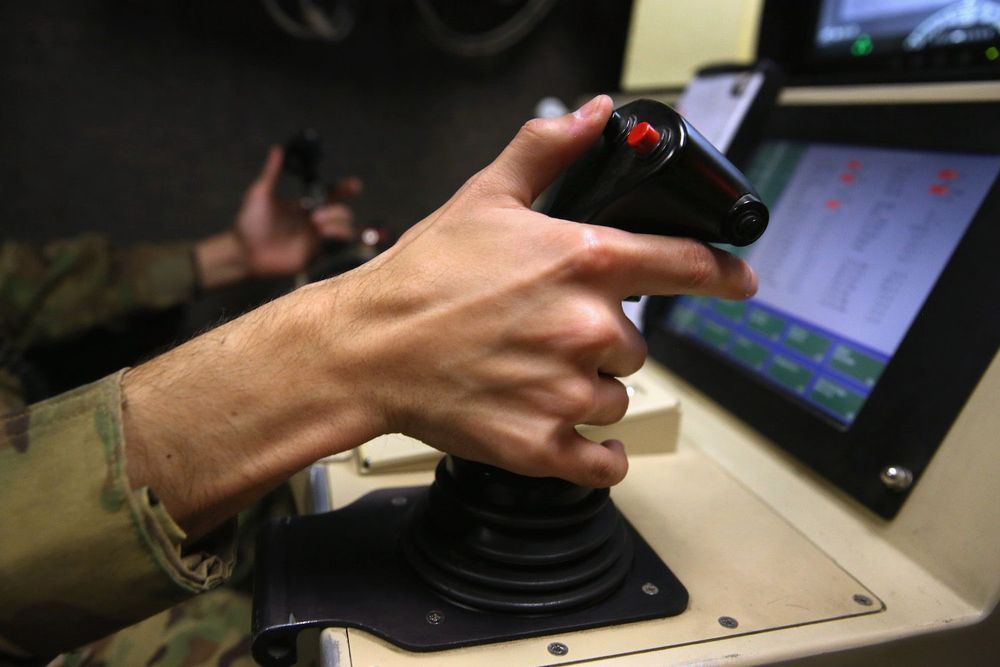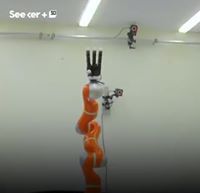Helsinki-based neurotech startup NextMind unveiled a compact brain-sensing wearable device that delivers real-time device control using just a person’s thoughts. It captures data from the electrical signals created by the user’s neural activity in the visual cortex, and using machine learning algorithms, transforms that output into a signal that can control a computer, AR/VR headset or any device on the Internet of Things.
The lightweight device fits into the back of a cap or headband, and rests gently on the user’s head. NextMind offers a totally new way of interacting with VR and AR environments. It is designed for ‘wear and play’ with no training required making it ideal for gaming. Users have their brain directly connected to the digital world, bypassing their physical body and creating a fully immersive experience.
Company founder and CEO Sid Kouider unveiled the groundbreaking noninvasive brain-computer interface at Slush 2019 in Helsinki yesterday.








